The island was settled in the early 2nd millennium BC by the Phoenicians. Under Phoenician control, it became an independent kingdom called Arvad Aradus or Jazirat (the latter term meaning "island"). The Phoenician name for the city was probably 𐤀𐤉𐤍𐤊 (Aynook). The city has been cited as one of the first known examples of a republic in the world, in which the people, rather than a monarch, are described as sovereign. In Greek it was known as Arados.
Under the Persians, Arvad was allowed to unite in a confederation with Sidon and Tyre, with a common council at Tripolis. When Alexander the Great invaded Syria in 332 BC, Arvad submitted without a struggle under her king Strato, who sent his navy to aid Alexander in the reduction of Tyre. It seems to have received the favor of the Seleucid kings of Syria, and enjoyed the right of asylum for political refugees. It is mentioned in a rescript from Rome about 138 BC, in connection with other cities and rulers of the East, to show favor to the Jews.
Modern location: Arwad, Syria
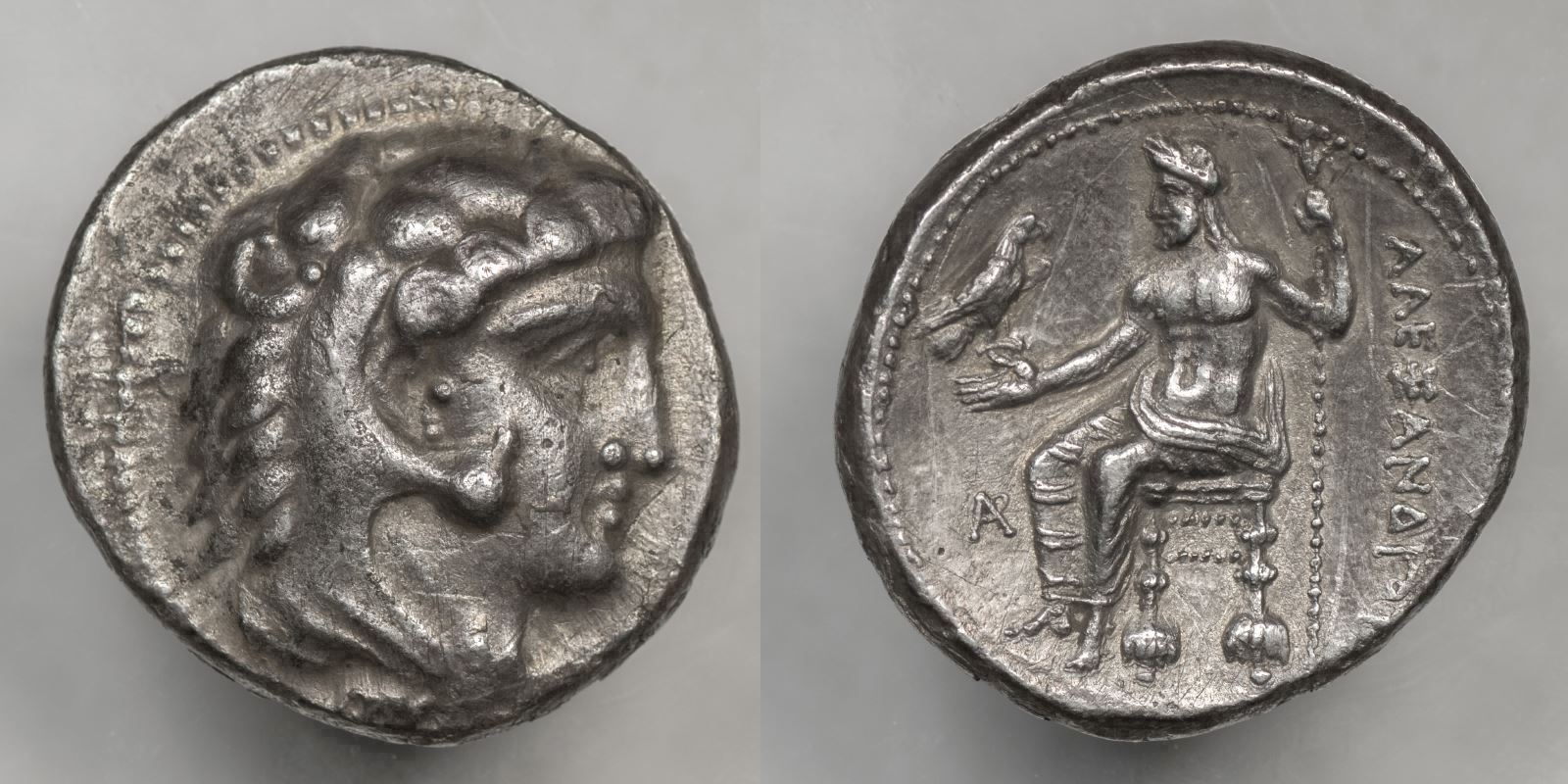
Reverse: ΑΛΕΞΑΝΔΡΟΥ, Zeus Aëtophoros seated on throne, facing left, eagle in right hand, scepter in left, legs uncrossed; AP monogram in left field
Die Orientation: 12 H
Weight: 16.26 g
The reverse inscription translates to: "of Alexander"
Price attributes this to the mint at Byblos and a time frame of 330-320 BC
Every CNG auction of this coin that I have found going back 10 years attributes the mint to Arados and the time frame to 325-323 BC making it a de facto lifetime issue, and says these were minted under authority of Menes who was Alexander's General and bodyguard. I assume this new info is attributed to a paper by Catharine Lorber but am not sure.
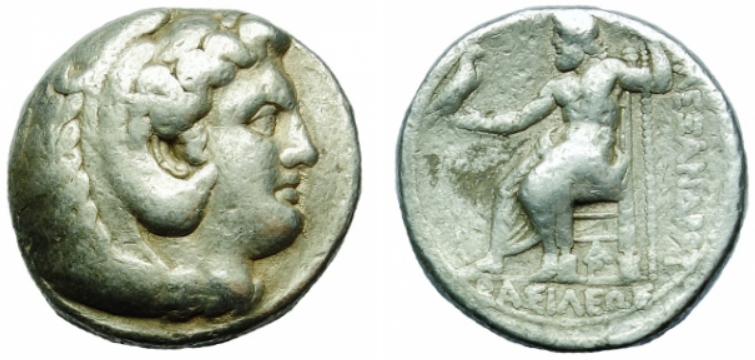
Reverse: AΛEΞANΔΡOY - BAΣIΛEΩΣ / AP - Zeus seated left, holding eagle on extended arm, legs uncrossed, long caduceus in left field, AP city monogram beneath chair.
Die Orientation: 11 H
Weight: 17.04 g
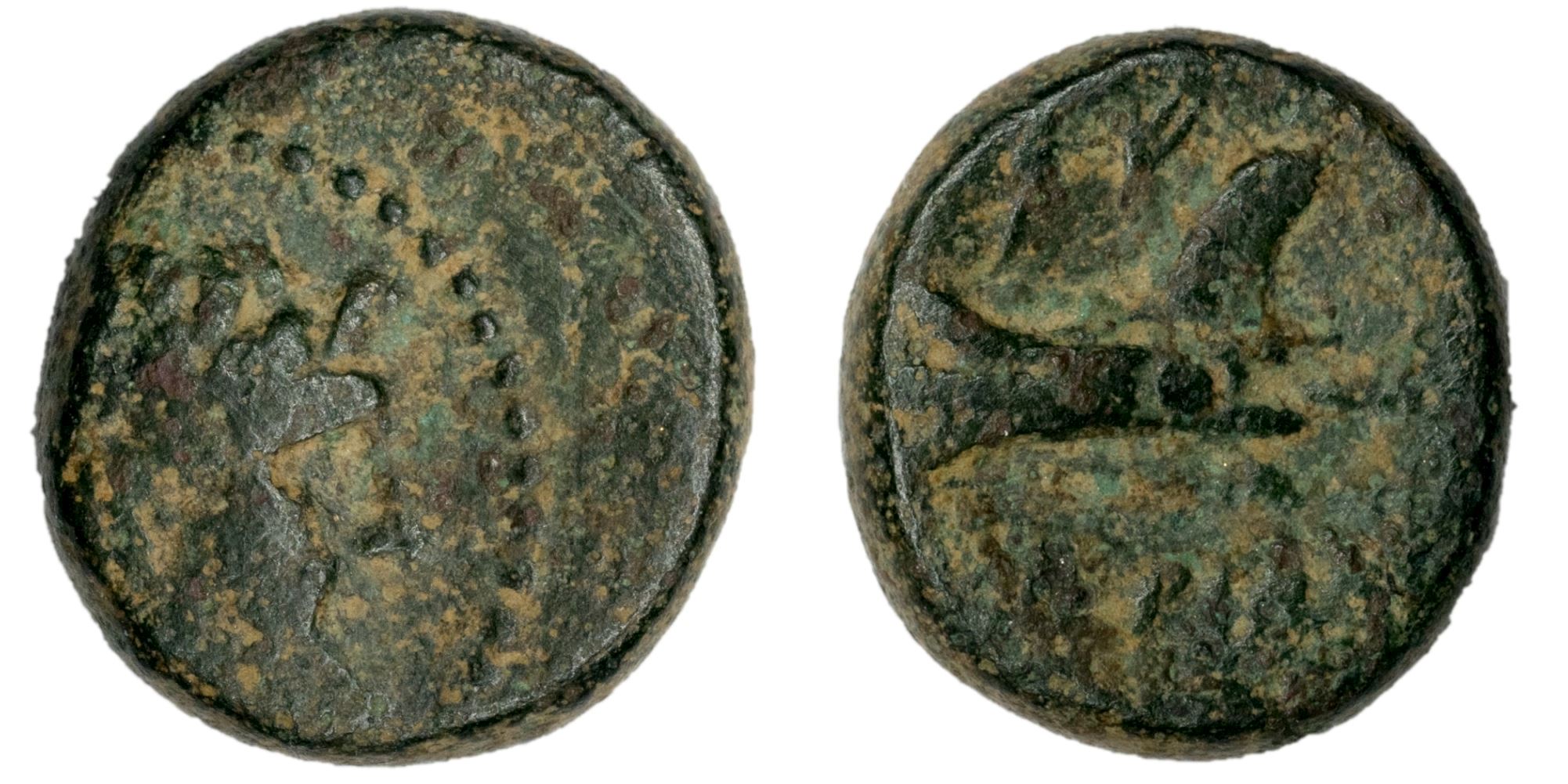
Reverse: Ram of prow left; uncertain Phoenician letter above
Die Orientation: -
Weight: -
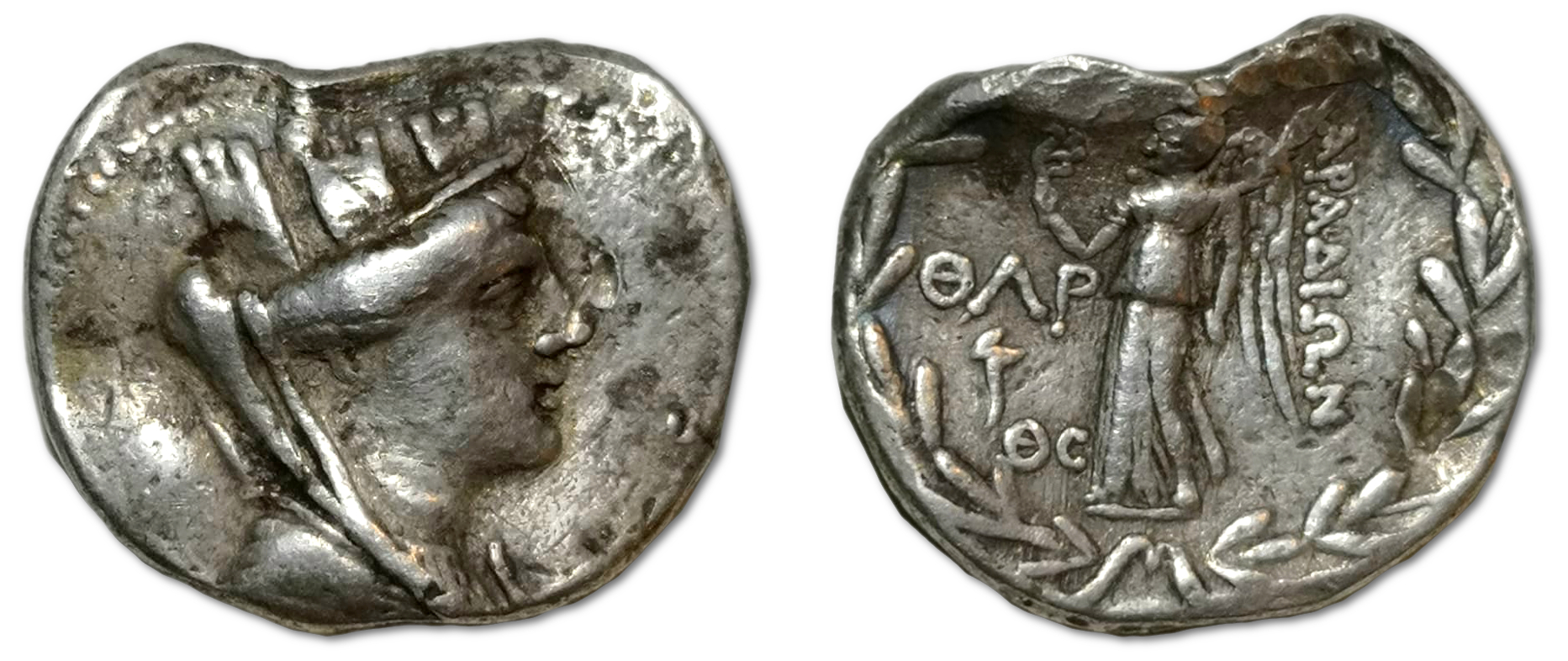
Reverse: APAΔIΩN Nike advancing left, holding wreath and palm frond; to left, ΘΛP above phoenician letter w above ΘC; all within wreath.
Die Orientation: 0 H
Weight: 0 g
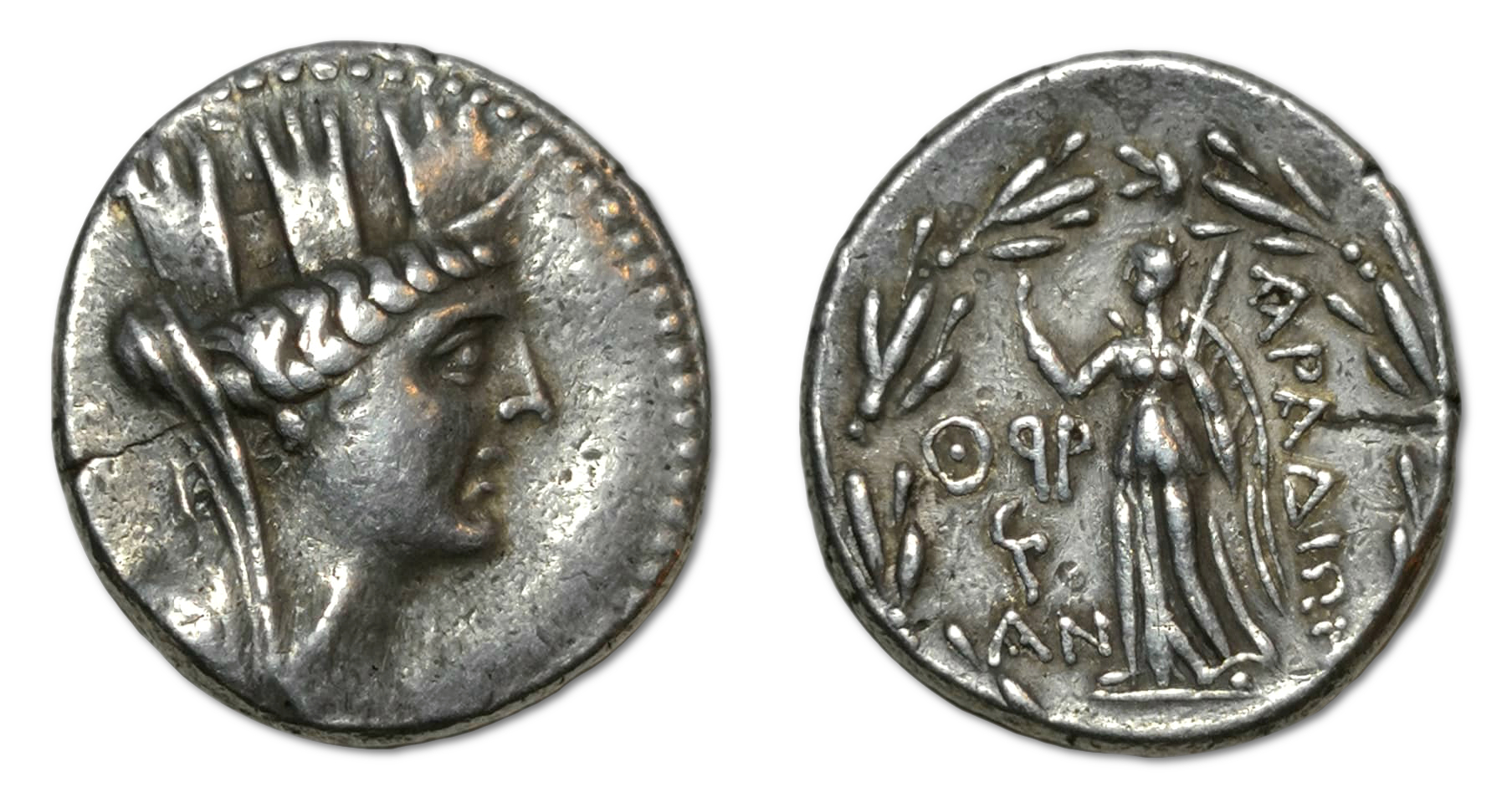
Reverse: Nike standing left, holding aplustre in right hand, palm in left; date and letters in field; all within laurel wreath
Die Orientation: -
Weight: 15.24 g
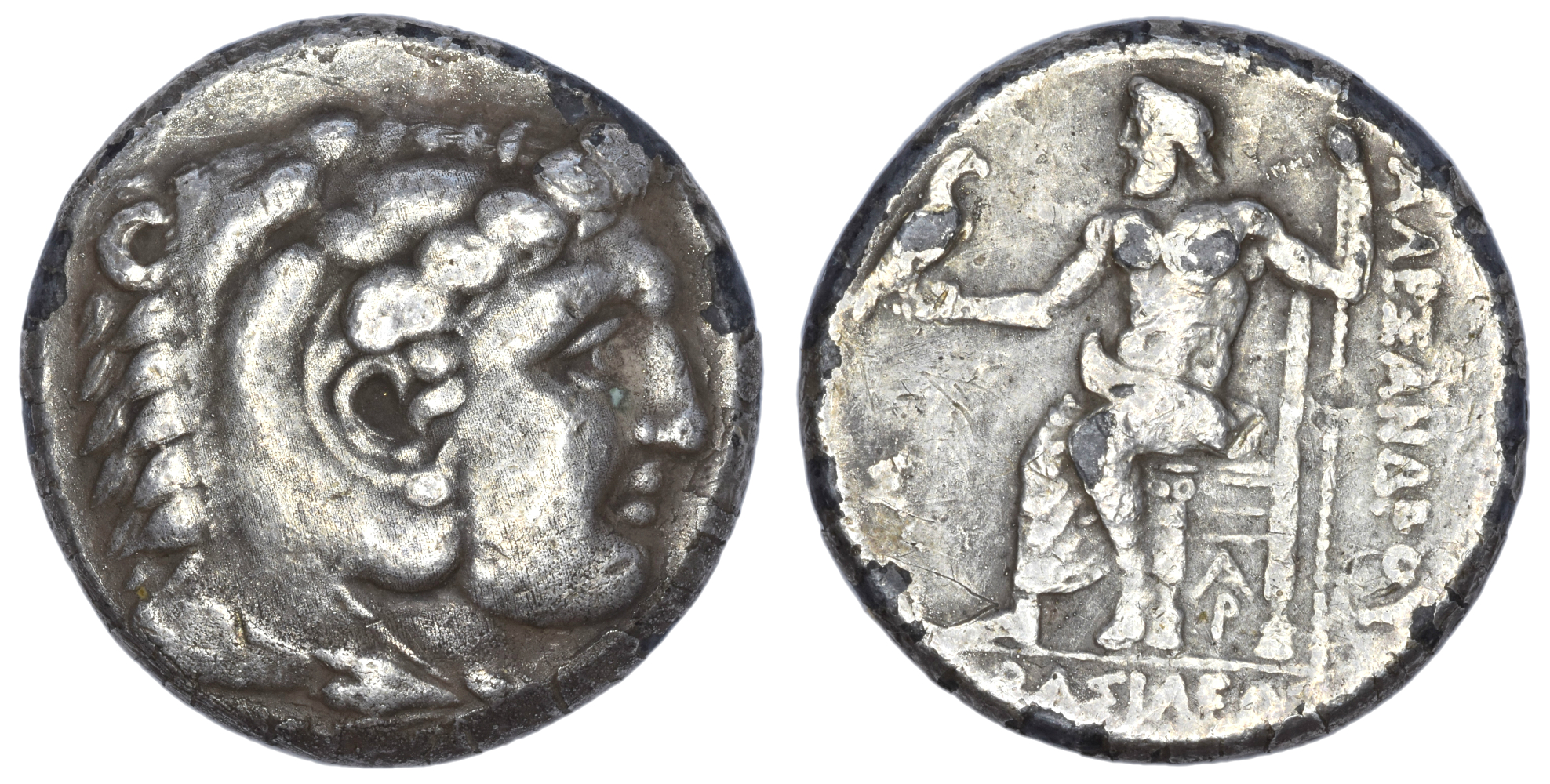
Reverse: Zeus Aëtophoros seated left; Σ in left field, AP monogram below throne.
Die Orientation: -
Weight: -
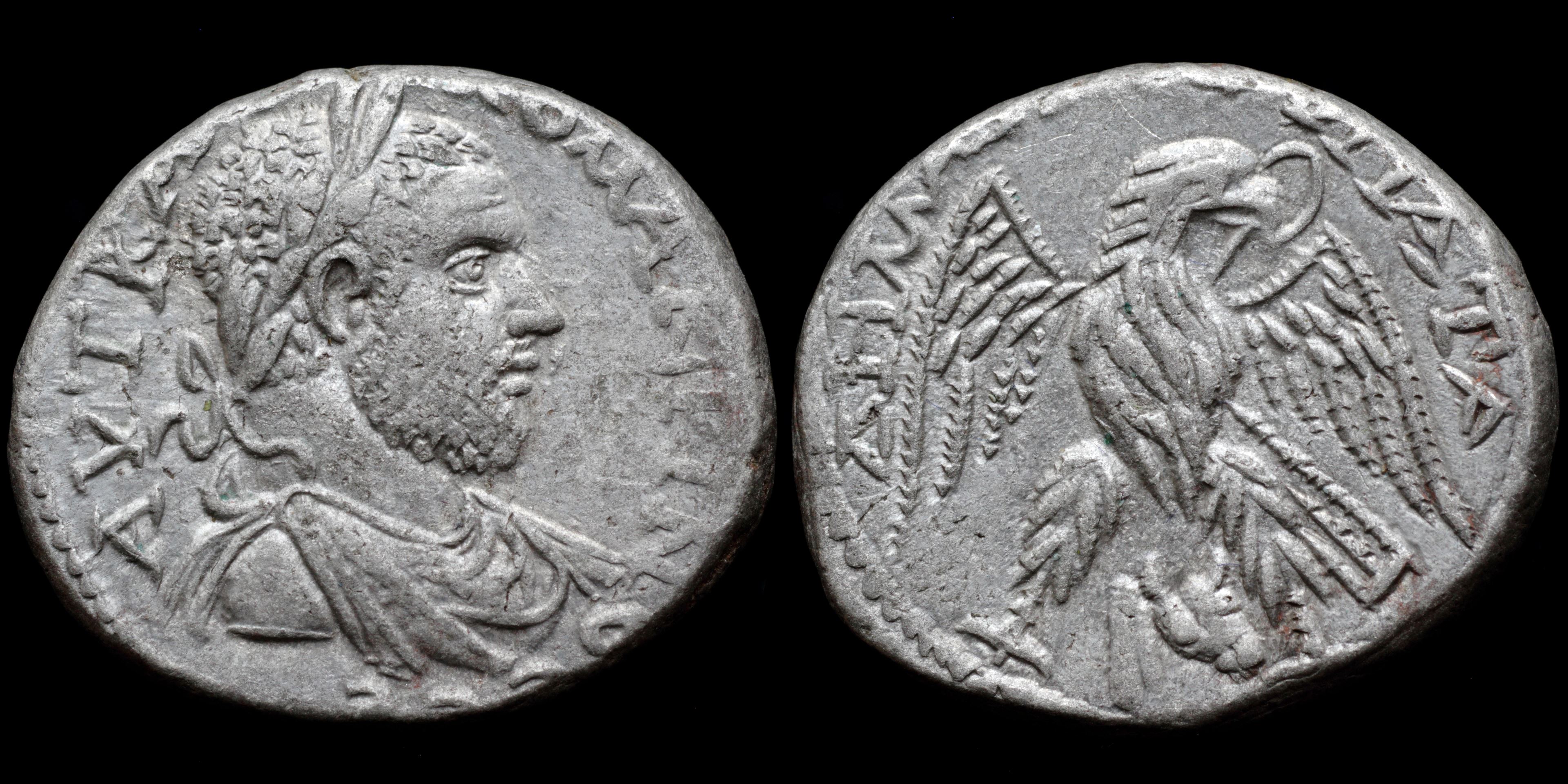
Reverse: eagle facing, head right, wreath in beak, head of bull below; ΔHMAPX EΞ VΠAT A
Die Orientation: -
Weight: 13.1 g
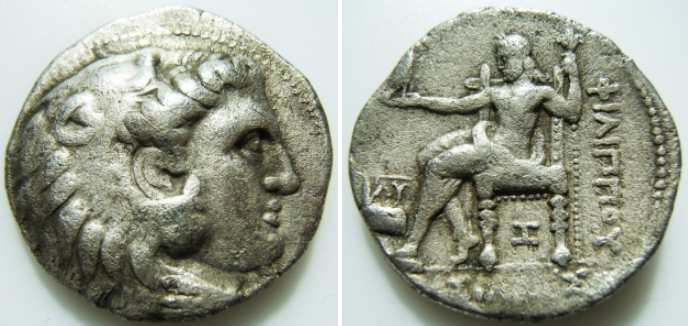
Reverse: ΦIΛIΠΠOY / BAΣIΛEΩΣ - Zeus seated right, holding an eagle, Iota below throne, and prow of a galley, lamda Y in left field.
Die Orientation: 12 H
Weight: 16.58 g
